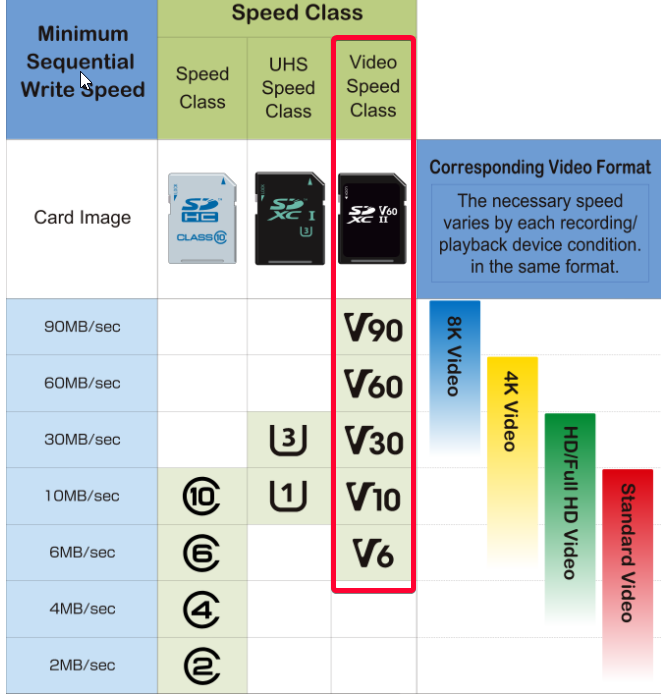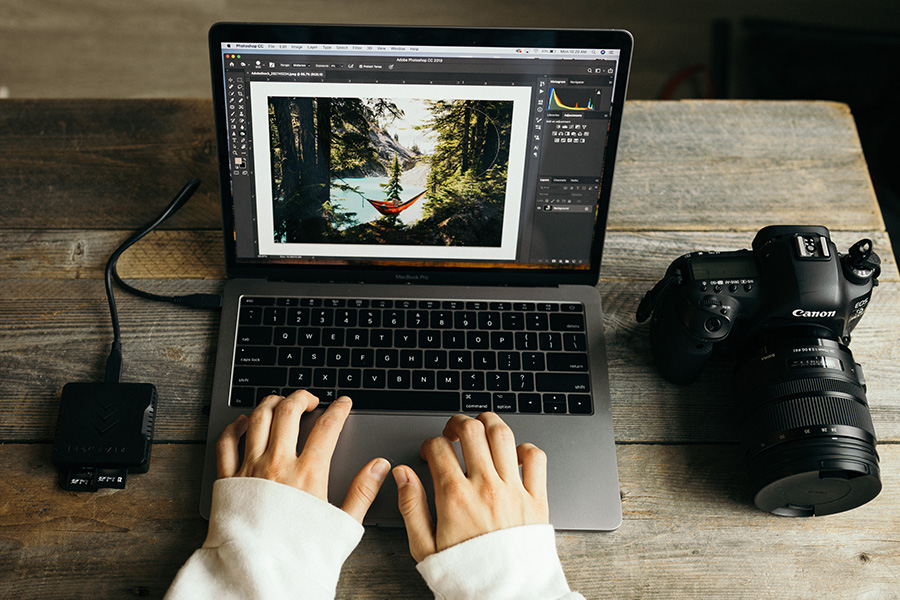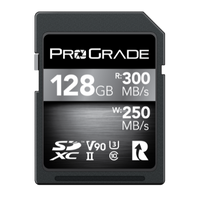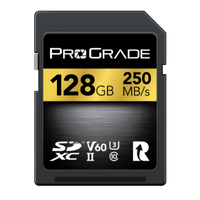If you are a professional photographer or cinematographer, picking the right memory card is a relatively simple task. You own a flagship camera made by one of the prominent camera manufacturers. You invested significantly into top-quality lenses, tripods, flashes, ring lights, and whatnot. In no way are you going to limit that high-performance gear with a slow memory card. It would be a complete waste of money. And since time is also money, you’re not going to sabotage your venture by deliberately slowing down your workflow. So, you go with the fastest available memory cards, and that’s that. Since there are only so many of them, choosing one is a no-brainer.
I guess that pretty much answers the question – yes, memory card speed indeed is very important. In fact, it’s much more important than capacity, a parameter most people follow when buying memory cards. This article explains why it is so and when the rest of us – those who take pictures and shoot videos for fun – should pay attention to memory card speed.
This is a double-sided coin memory card speed affects more than just download times
Let’s first address probably the biggest misconception out there – memory card speed is relevant only when copying data from the card, and if not in a hurry, one can ignore the speed entirely. True, you will probably feel the speed difference most when transferring data from the card to your computer. After all, a faster 64GB SDXC card will copy the entire card in 3 to 4 minutes, while a slower one may need 1 to 2 hours. That’s a difference you will definitely notice. However, that’s only one side of the coin. A faster memory card also allows you to get more out of your camera and it helps to lower the camera’s buffer (lag) time.
Why is the speed of the memory card relevant?
Cameras evolve, burst speeds get faster, 4K video has become the new normal, and 8K video is already starting to knock on the door. All that means not only bigger file sizes but also larger data volumes.
Unlike classic cameras that capture images on film through a chemical reaction, digital cameras have electronic sensors that are filled with tiny light-sensitive diodes. These diodes capture the light and convert it into electrical charge. In other words, whenever you take a photo or shoot a video with a digital camera, it records color and light values for each individual pixel and stores these values on a memory card.
When you record full HD video, your camera needs to capture and store 1,920 x 1,080 = 2,073,600 pixels for every frame. So, when you are shooting at 30 frames per second, it means your camera sends 2,073,600 x 30 = 62,208,000 pixel values to the card every single second.
Since 4K has four times as many pixels, it requires your camera to record close to 250 million pixel values every second when shooting at 30-fps, and in the case of 8K at 30-fps, that number jumps close to a whopping 1 billion.
That’s a lot of data to handle. Not to mention that this data must be handled flawlessly even when the camera keeps pouring it in minute after minute non-stop. Slower memory cards are just not cut out for this.
How to understand SD Card speed classes?
There are three kinds of speed classes when it comes to SD cards: Speed Class (sometimes referred to as regular speed class), Ultra-High-Speed Class (UHS), and Video Speed Class (V). Navigating the speed classes can quickly become overwhelming as every speed class is further divided into sub-classes. However, since Video Speed Class was created to replace other speed classes, you can pretty much just ignore the rest of the classifications.
Moreover, as seen in the following image, there is a lot of overlap between those classifications. For example, Speed Class rating C10, Ultra-High Speed Class rating U1, and Video Speed Class rating V10 each refers to a memory card that has a minimum sequential write speed of 10MB/s. And the classifications that do not have the corresponding Video Speed Class rating are pretty much obsolete today.

So, when choosing a new SD card, all you have to focus on is the Video Speed Class which is marked on the card with a letter V followed by a number. The letter “V” means video, and the number indicates the minimum sustained write speed.
Put shortly, an SD card with a V6 rating has a minimum sustained write speed of 6MB per second, an SD card with a V30 rating has a minimum sustained write speed of 30MB per second, and so on. Since there are only 5 ratings in this class, it makes the navigation a lot easier.
How to choose a memory card with the right speed?
If you shoot mostly HD video at 24 to 30 fps and do not burst RAW, you can easily get away with memory cards that have a minimum sequential write speed of 10MB/sec or even just 6MB/sec, no problem whatsoever.
Nevertheless, the moment you start shooting 4K with a decent bitrate, you’re going to need at least a V30 card capable of sustaining 30MB/sec. Emphasis on “at least,” because once you crank the framerate up to 60-fps, the V30 card will also not be sufficient.
That is why we at ProGrade Digital only manufacture V60 SDXC and V90 SDXC cards. Anything below that will just not cut it for professionals and does not allow those dedicated hobby photographers and conditioned-for-excellence cinematographers to chase down their insane goals either. V60 and V90 cards are for those who like to push themselves and their gear to the limits. V60 cards are for you if you’re just starting to grow into higher-end shooting, while V90 cards will give you a little more headroom for when you want to ensure your card can keep up with your ever-growing skills.
If you are one of them and know for sure that high-speed cards are for you but don’t know whether you should pick V60 or V90, then this in-depth guide is for you: SD V60 versus SD V90: Which card is perfect for your needs?
Are all V60 and V90 SD Cards equally good?
No. Not all V60 and V90 memory cards are created equal. The rating only indicates the minimum sustained write speed. These are tested and certified minimum speeds at which these cards are guaranteed to operate. This is to ensure the constant speed necessary for higher resolution video recording.
That, however, does not mean these cards can not be faster. They absolutely can, and there are many reasons why they should be.
Our V60 SDXC cards are certified for a minimum sustained write speed of 60MB/s, but in reality, they can effortlessly sustain write speeds of 130MB/s. Similarly, our V90 SDXC cards, certified for 90MB/s, can sustain write speeds up to 250MB/s.
That means fast-action photographers will see maximum performance from their cameras when shooting RAW images in continuous-burst mode. No lag because of the buffering.
Similarly, that extra speed allows cinematographers that create 4K content to go and shoot in 5K or even 6K whenever they need extra pixels for image stabilization, creating digital camera movements, or simply want the freedom to crop the footage in post.
One last thing to remember
Whenever you buy something for your camera – e.g. a lens, flash, or memory card – check your camera manufacturer’s recommendations. It is a good practice not to limit your camera. Even if you do not shoot 4K at 60-fps or higher, but your camera is capable of doing that, it is wise to go with a card that is also powerful enough. That way you’re always on the safe side.
Not all cameras require a V60 or V90 memory cards, but for the ones that do, you’ll find the best-performing cards right here:





